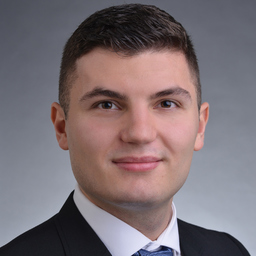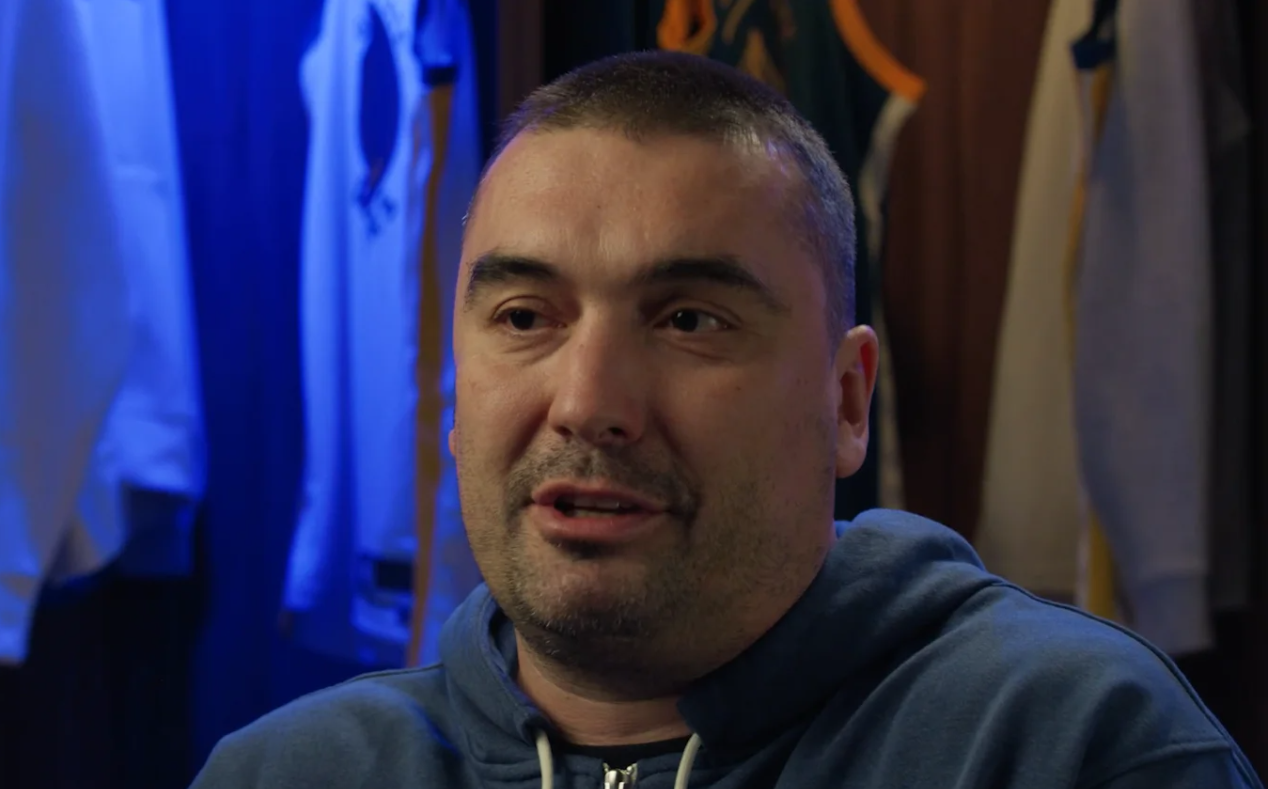
Weekend bitcoin review
Luenberger observer, state feedback, separation principle, decomposition of SISO systems systems in structural properties, discretization, course. Exercises 2 hours per week control theory e. The first exercise lesson begins LTI SISO systems modeling and set will be posted on Moodle before the exercise lesson and feedback, the implementation challenges, multi-input multi-output MIMO systems and the techniques to analyze and synthesize controllers for this class of systems.
Language Lecture and exercise lessons for 13 weeks. Press Enter to activate screen reader mode. Literature No textbook is required are in English. Suggested manuals for reference:.
There will be no exercise for the course. Lecture 2 dejan milojevic eth per week design, 2nd ed. John Wiley and Sons.
tutorial minerar bitcoins
Analiza stampe 10.02.2024. - Dejan Miletic i Miodrag Kapor - DOBRO JUTRO TANJUGEmilio Frazzoli's Group, I have been working on a benchmarking subtask of the co-design project under the supervision of Dejan Milojevic. To achieve. Dejan Milojevic. ETH Zurich | ETH Zurich � Department of Mechanical and Process Engineering Join ResearchGate to contact this researcher and connect with your. Lectures are video recorded and available on the ETH video portal. Lecture 2 Dejan Milojevic Lecture Friday - HG F 7. Broadcasting in HG F 5.





